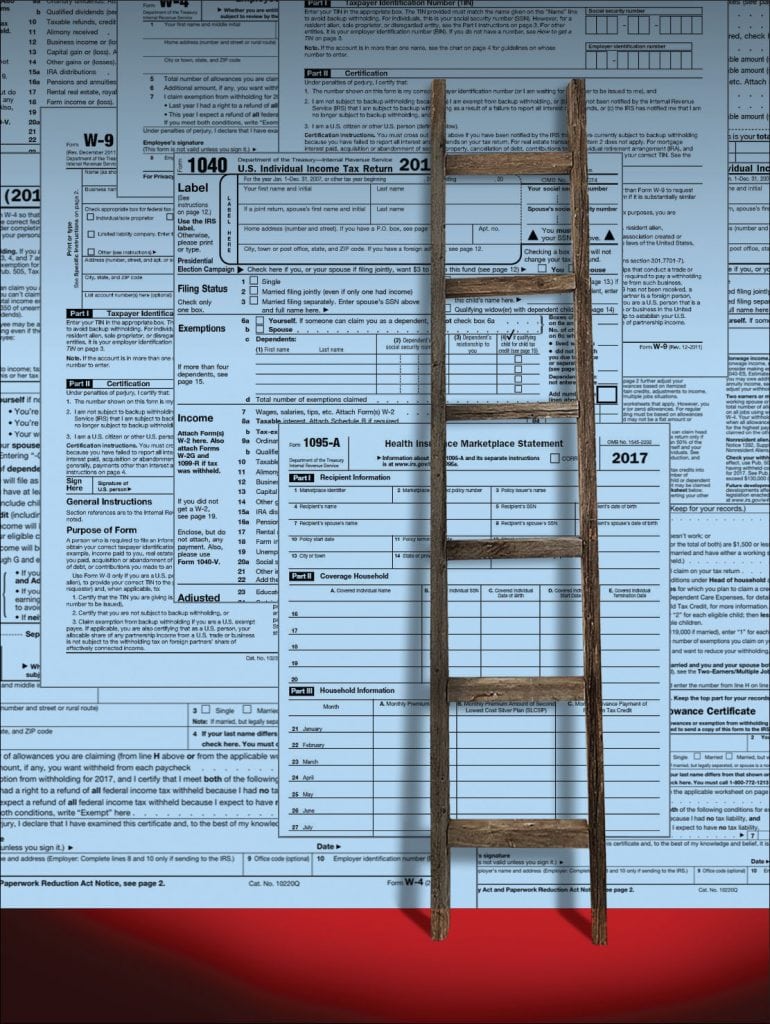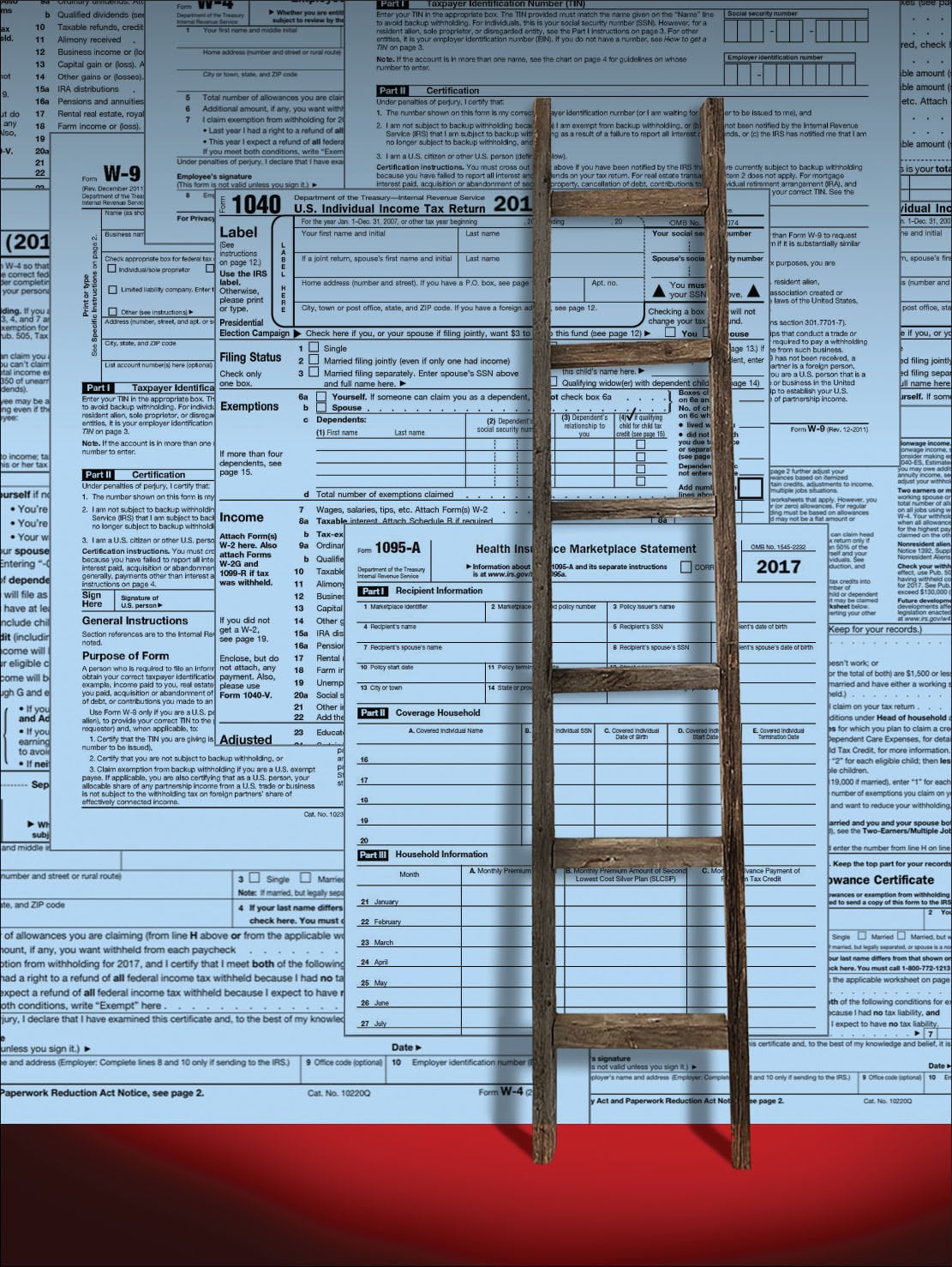How to make your filing go smoothly, protect your personal information and more
Information compiled from irs.gov
It’s the beginning of a new year, but for most Americans, there’s still one bit of business from 2017 to take care of: taxes. Yes, tax forms will soon be arriving in mailboxes in preparation for filing tax returns — the deadline a mere three and a half months away. What are some things to keep in mind as you look ahead to April? To ensure smooth processing of your returns and avoid delays in receiving any refunds:
- As you start to receive your W-2 forms from employers, 1099 forms from banks and other payers and 1095-A forms from the Marketplace if you are claiming the Premium Tax Credit, be sure that all the information is correct. If something is incorrect, immediately contact the sender and request a corrected form. You don’t want to wait until the last minute to look at the forms only to discover they’re wrong and risk missing the filing deadline and incurring penalties.
- The fastest way to get any money owed to you by the IRS is filing electronically and choosing direct deposit of refunds.
- If you are claiming the Earned Income Tax Credit or the Additional Child Tax Credit, be aware that the IRS cannot issue refunds to you before mid-February. This is because the IRS needs time to detect and prevent fraud.
- Volunteer Income Tax Assistance (VITA) is available free to those who make $54,000 or less, have disabilities or who have limited English-speaking capabilities. Tax Counseling for the Elderly (TCE) provides free tax-return assistance to those age 60 and older and specializes in questions regarding pensions and other issues unique to seniors. You can find a VITA or TCE site by searching at irs.gov/individuals/free-tax-return-preparation-for-you-by-volunteers.
- Because you can’t count on getting your refund by a certain date, you might want to delay large purchases if at all possible until you have the money in hand.
- Did you know you can check the status of your refund’s processing? Visit irs.gov/refunds or download the “IRS2Go” app.
Unfortunately, there are scammers and thieves who try to take advantage of people, and that’s no different when dealing with tax-related issues. The IRS recently warned about a scam in which people are posing as company executives, school officials or leaders in organizations, targeting employees who deal with payroll and asking for W-2 information for employees. This attempt to gain personal information for the purpose of identity theft is such a threat to taxpayers that the IRS has set up a special reporting process. If you feel you’ve been a victim of this scam, visit irs.gov/individuals/form-w2-ssn-data-theft-information-for-businesses-and-payroll-service-providers for information on how to report it.
If you’ve been a victim of a data breach, you should consider taking the following steps:
- Try to determine what type of information has been compromised. Is it passwords that you need to immediately change? Or, more seriously, your name and Social Security number?
- Take advantage of any credit monitoring offered by breached companies.
- Freeze or place a fraud alert on your credit accounts by contacting one of the three main credit bureaus (Equifax, Experian and TransUnion).
- Reset passwords on all online accounts, making sure to create strong passwords of at least 10 characters in some combination of numbers, letters and special characters. Don’t use the same password for more than one account.
- Use multifactor authentication when possible. This is where financial institutions, email providers and social media sites send you a security code texted to your mobile phone for you to access to your information and prevent others from gaining access to those accounts.
Questions and Answers
The IRS website has a wealth of readily available information, including forms with instructions and answers to questions that may come up as you prepare to pay Uncle Sam. Visit irs.gov to find out more. The filing deadline this year is Tuesday, April 17.




